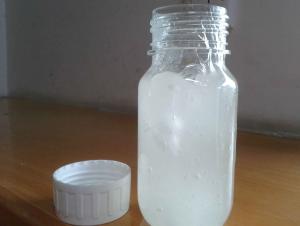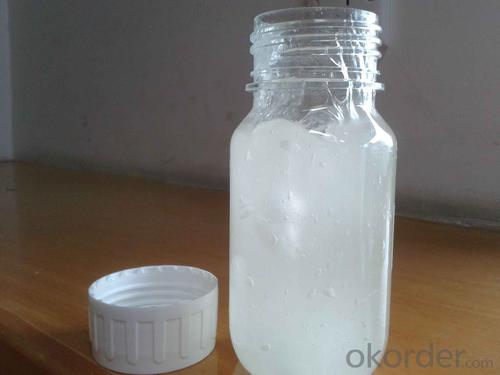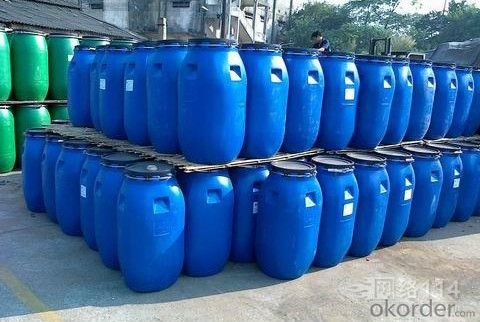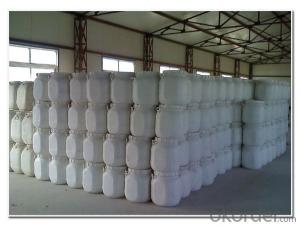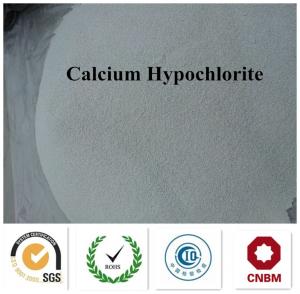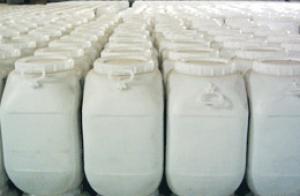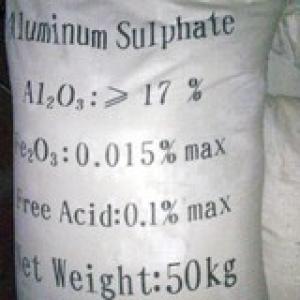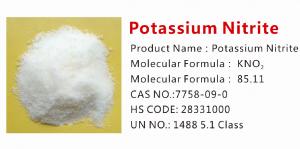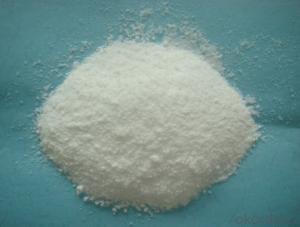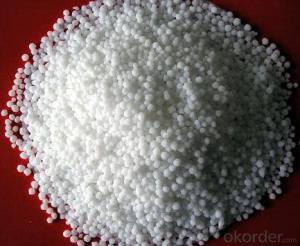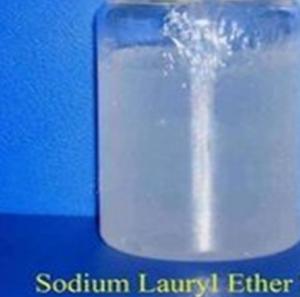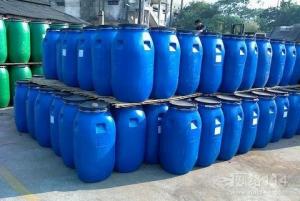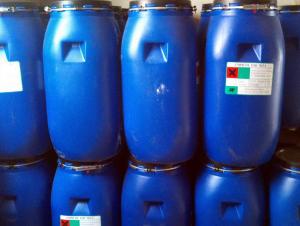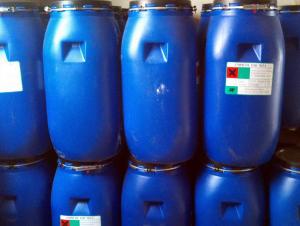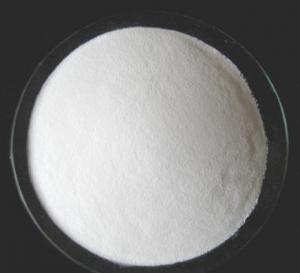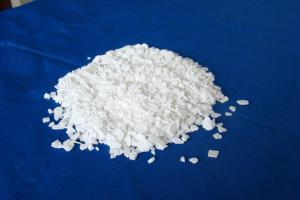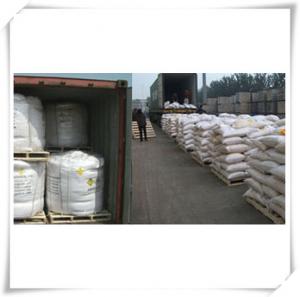SLES with Best Offer and Good Quality and Strong Package
- Loading Port:
- Shanghai
- Payment Terms:
- TT or LC
- Min Order Qty:
- 17.6
- Supply Capability:
- 3000 m.t./month
OKorder Service Pledge
OKorder Financial Service
You Might Also Like
1.Structure of Sodium Lauryl Ether Sulfate70%(SLES70%) Description:
CAS No.: | 68585-34-2 |
MF: | RO(CH2CH2O)nSO3Na |
EINECS No.: | 221-416-0 |
Appearance: | White or Light Yellow Viscous |
Usage: | Cosmetic Raw Materials, Detergent |
2.Main Features of Sodium Lauryl Ether Sulfate70%(SLES70%) :
With excellent detergency,emulsification and foamability,it is easy to dissolve in water.As well as favorable hard-water resistency and high-biodegradation,it is popular with customers both at home and abroad.
3. Sodium Lauryl Ether Sulfate70%(SLES70%) Images
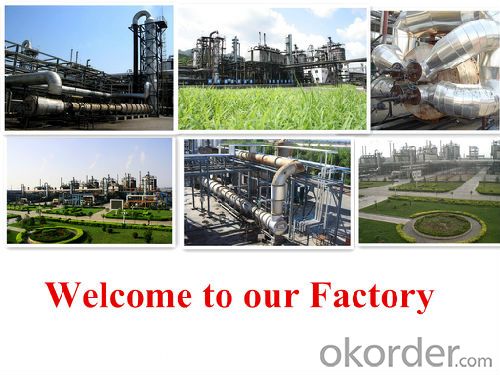

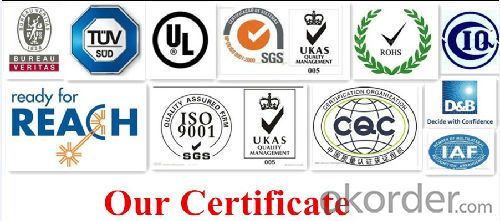
4. Sodium Lauryl Ether Sulfate70%(SLES70%) Specification
Items | Specification |
Active matter, % | 68-72 |
Free Oil,% | 3.5 max. |
Sodium sulfate, % | 1.5 max. |
1,4-Dioxane, PPM | 30 max. |
pH value ( 25 oC , 2% Am.aq.sol) | 7.0~9.5 |
Color, Hazen (5%Am.aq.sol) | 20 max. |
Chloride ion , % | 0.3 Max |
5.FAQ
1)How many tons does your factory can supply each moth?
30000tons/month
2)How to quarantee the quality of the products?
you can arrange SGS&BV or other quality inspection.
3)How many days you need to pepare the cargo after we made the order?
within 30 days.
- Q: What foods contain inorganic salts?
- Most of the food contains inorganic salts, the so-called inorganic salts, also known as minerals or ash. Minerals are naturally occurring compounds or natural elements in the crust. There are about 50 kinds of minerals in the human body, although they in the human body only 4% of body weight, but it is an essential part of the organism. Kelp, jellyfish, seaweed, moss; bones, soy products, lean meat, animal liver, brown rice and so on.
- Q: Are plants absorbing water and inorganic salts only through root tip or wrong? The
- Plants through the leaves can also absorb water and inorganic salts, but the root tip is the main part of the plant to absorb water and inorganic salts.
- Q: Sodium bicarbonate is not an inorganic salt
- Yes, organic refers to salts with carbon skeleton chains other than carbon and carbon oxides and carbonates, so sodium bicarbonate is an inorganic salt
- Q: Milk food rich in nutrition, in addition to containing a variety of inorganic salts which also contain three types of organic energy can be organic
- Calcium, protein, and vitamins
- Q: how come a penny can hold more drops of the salt water solution than just plain tap water from your faucet?
- Put in in a narrow tube. The narrower it is, the more surface tension it has at the meniscus.
- Q: what is the function of salts in DNA extraction?
- The role of the salt is to neutralize the charge of the DNA's sugar phosphate backbone. This makes the DNA less hydrophilic (less soluble in water). Ethanol has a lower dielectric constant than water so it's used to promote ionic bonds between the Na+ (from the salt) and the PO3- (from the DNA backbone) causing the DNA to precipitate, to extract DNA finally..
- Q: ATP components are not inorganic salts
- Of course there is no inorganic salt
- Q: Why vegetables and fruits contain rich inorganic salts
- Because they are plants! From the biological point of view, they are the nature of the organic matter into inorganic salt carrier
- Q: What is the use of inorganic salts in plants? How is it discharged
- Not just light plants, for the body, the inorganic salts are essential. Can provide the necessary elements, including a large number of elements C, H, O, N, S, P, K, Ca, Mg. Trace elements Fe, Mn, B, Zn, Cu, Mo, Cl, Ni, etc. For plants, inorganic salts are also essential. The inorganic salts provide C, H, O are the essential elements of the constituents of the carbohydrate, N is the essential element that constitutes the protein, P is the essential element that constitutes ATP and DNA, and so on, including trace elements such as: B, Will cause the plants to flow only without fruit. These elements may be provided in the form of inorganic salts. So inorganic salts are necessary for plants. On the issue of discharge. Plants will use these elements, C, H, O synthetic carbohydrates, in the role of respiration when the decomposition of carbon dioxide and water to the nature of the. Plants also store oil and fat, protein, such as peanut oil and protein content is high. In general, the plant is the inorganic salt into organic matter and stored, through the decomposition of part of the organic matter to breathe in the form of other inorganic substances. Apoptosis is also the way in which the inorganic salts it absorbs are discharged in the form of organic matter. In general, the inorganic salts absorbed by the plant are discharged in the form of other inorganic substances (respiration) or in the form of organic matter (apoptosis). Plants will use these inorganic salts.
- Q: The difference between the ignition of inorganic salts and organic matter
- Sodium is the main ingredient of salt. China Nutrition Society recommended adults over the age of 18 sodium suitable for daily intake of 2.2 grams, the elderly should take light food. Sodium is commonly found in a variety of foods, the main source of sodium sodium, soy sauce, pickled food, smoked food, salty food.
Send your message to us
SLES with Best Offer and Good Quality and Strong Package
- Loading Port:
- Shanghai
- Payment Terms:
- TT or LC
- Min Order Qty:
- 17.6
- Supply Capability:
- 3000 m.t./month
OKorder Service Pledge
OKorder Financial Service
Similar products
Hot products
Hot Searches
